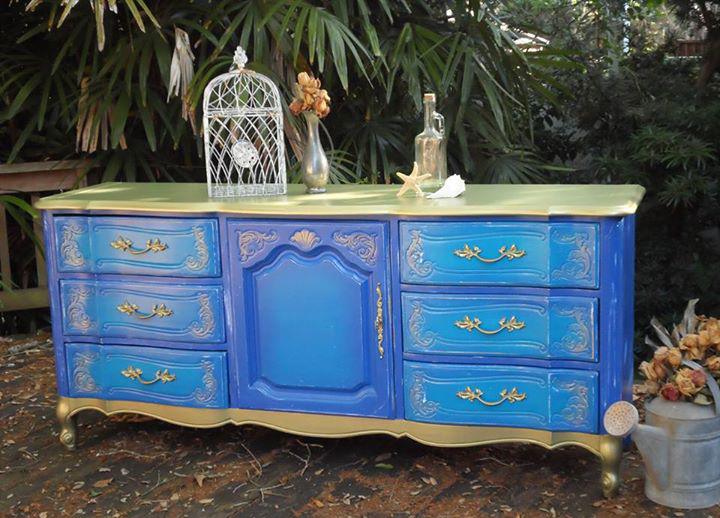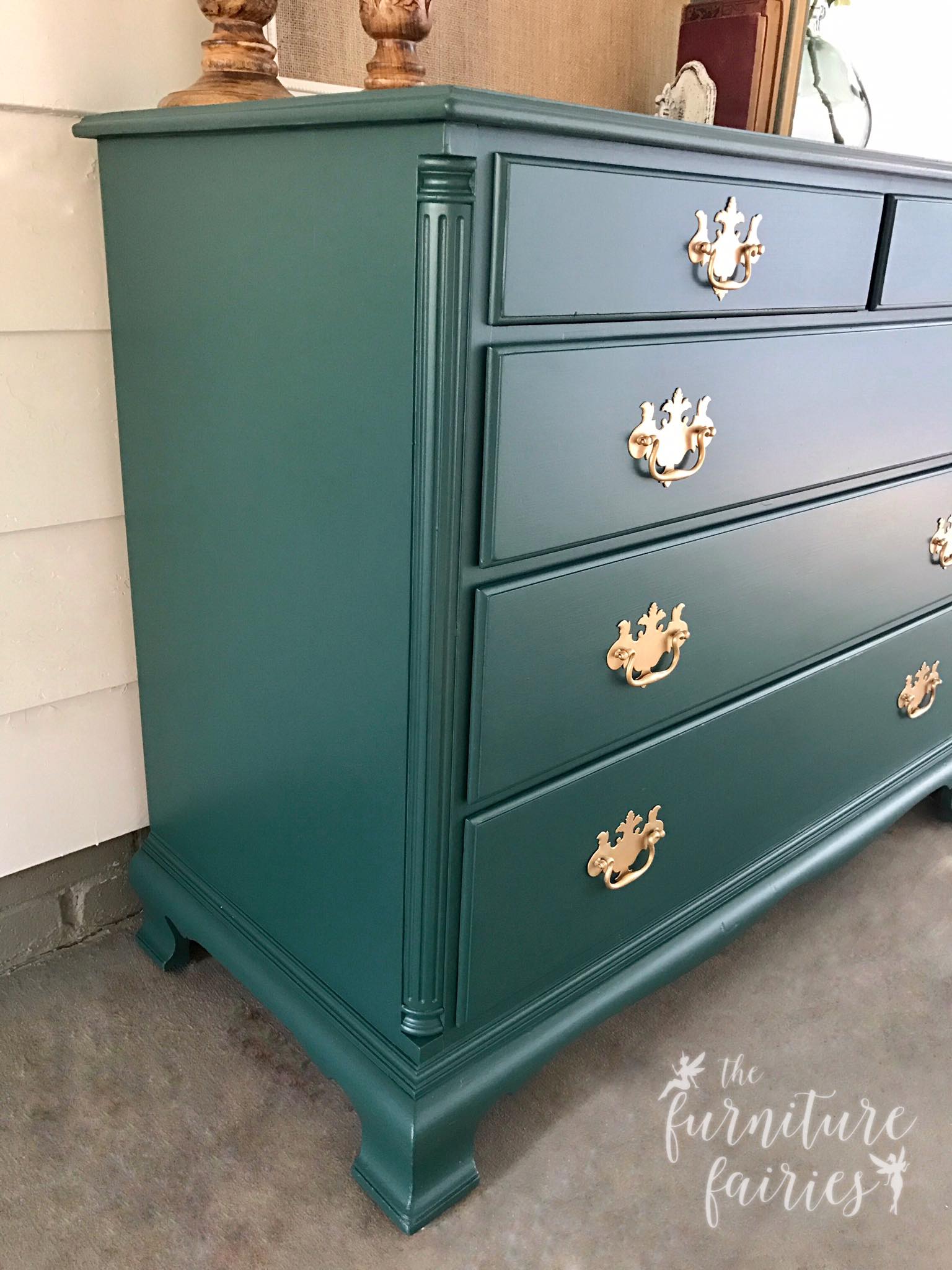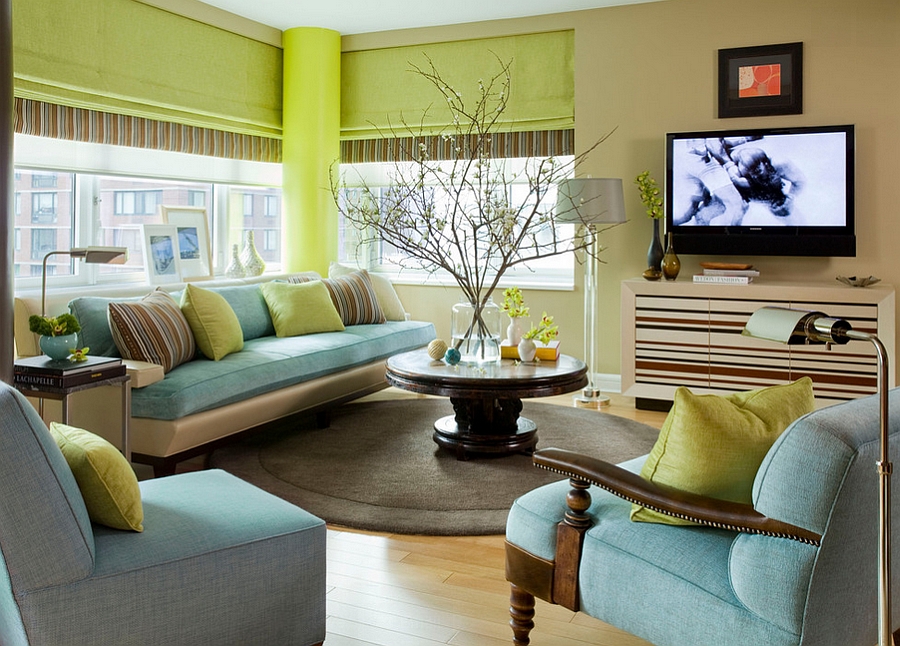There are three primary colors, three secondary colors, and six tertiary colors. Primary color refers to the basic colors, more like the parent colors. That is, these three colors cannot be made by color mixing any other colors. The three primary colors are red, yellow, and blue. These colors stand on their own and mixing all these three colors gives the black color.
Secondary colors are colors that are made by mixing the primary colors. The three secondary colors are orange, green, and purple. Mixing the colors red and yellow make orange color, green is formed by blending yellow and blue, lighter purple is the result of red and blue mixed together. In the case of tertiary colors, they are created by mixing primary colors with secondary colors. They are red-orange, yellow-orange, yellow-green, blue-green, blue-purple, and red-purple. By mixing an equal ratio of primary and secondary colors, we get the tertiary colors.
These tertiary color mixtures are known by other names also. The primary color red is mixed with white to create a base pink color, to this, light blue is added to make the periwinkle color. There are different shades of blue like ultramarine blue and other darker shades of blue.
Each of these blues mixed with purple gives a different shade or tint of lavender. The primary color blue is mixed with white to create a light hue and with black to create darker shades. There are colors like periwinkle gray that is a silvery blue-purple mix. It is more of a neutral color of the combination. The main difference between lavender and periwinkle is the blue color content in both colors. Lavender has a slightly light blue color when compared to periwinkle.
While lavender has a bit more purple, periwinkle is both purple and blue. There are different shades of purple colors known too. Mauve, plum, lilac, sangria, heather, mulberry, and wine are all different shades of purple. The shade of purple will either be light or dark. Likewise navy, sky, cobalt, ocean, denim, peacock are all different blues. Blue and purple mixed together make paint dark purple if the purple color hue is more in the shade.
You have to mix blue and purple the right amount. Dark purple and ultramarine blue requires you to mix black in them for the purple and blue dark shades. The color mixing process requires you to mix the necessary amount depending on the shade that you're looking for. Let us go through the simple answer of how these two colors blend in with other colors. Blue mixed with the primary color yellow makes the color green, which is a secondary color. Blue when mixed with the other primary color red creates the color purple, which is a secondary color.
Blue mixes with secondary colors like purple and green to form violet and cyan respectively. Since orange is the complementary color of blue, mixing these two colors form a muted color. To mute a color, it is usually mixed with its complementary color. In different amounts, blue and orange can be mixed together to form brown too.
Blue will create a beautiful blue-violet combination too. When it comes to the color purple, it can be mixed with the primary colors to form tertiary colors. Purple mixed with the primary color red creates magenta. Purple when mixed with blue creates violet or shades of violet, like lavender.
This means that these yellow and purple when mixed together form a muted purple color. It is good to see purple and yellow together as they complement each other. But when these two are mixed, they create a neutral shade almost similar to brown. But this shade is called muted purple since the purple color can be seen in this purple yellow mix. The first thing you have to understand that red, blue and yellow are not complementary colors. In additive color mixing red, blue and green are the scientific primaries, and as weird as it sounds, yellow is a secondary color of mixing red and green lights.
Pigments don't get their colors by emitting certain electromagnetic wavelengths like light does. Instead, pigments receive their color by absorbing certain wavelengths of the spectrum. Due to this fact, when determining what colors are produced when mixing pigments together, the calculation is different.
The primary colors in terms of pigments are yellow, magenta, and cyan. Magenta absorbs green light, yellow absorbs blue light, and cyan absorbs red light. Mixing blue and red pigments together will give you the color violet or purple. When we go to mix paints, we find it's difficult to pick the right paint combination — blue and yellow, or green and yellow, or green and blue?
— to get the right shade of green, because green mixtures are different from other mixtures. We must know the material behavior of different pigments and paints, and which ones to choose for different purposes. All these mixing complications are the reason there are so many premixed convenience green paints on the market — more premixed colors than for any other hue.
So the distinction in color systems really comes down to the chemical makeup of the objects involved and how they reflect light. Additive theory is based on objects that emit light, while subtractive deals with material objects like books and paintings. "Subtractive colors are those which reflect less light when they are mixed together," says Raiselis. "When the blue flashlight circle intersects the green one, there is a lighter blue-green shape," he says.
What has been discussed so far is the color that comes from the emitting of light, the visible portions of the electromagnetic spectrum. This is referred to as subtractive color, and subtractive color is what is used to create paints and dyes. The paint or dye absorbs certain frequencies and reflects the other frequencies off of it, with the brain interpreting this reflected frequency as a certain color. When red and blue pigments are mixed together, the result is purple. Have you ever mixed red and blue paint only to find you have "mud" instead of purple? Want to know how to create any resin color you may need for a project?
Lack of good information has made mixing colors difficult in the past. Before the invention of color photography, color mixing was not very well understood. Many believed that red, yellow, and blue were the primary colors, from which you could make all others. Now, we know that magenta, yellow, and cyan are the true primaries and give much better results. If all three primary colors of light are mixed in equal proportions, the result is neutral .
When the red and green lights mix, the result is yellow. When green and blue lights mix, the result is a cyan. When the blue and red lights mix, the result is magenta. An additive color is one created by mixing red, green and blue light in different combinations.
Additive colors begin as black and become brighter as you add different light. In contrast, a subtractive color is made by partial absorption of different colors of paint or ink. They begin as white and take on the appearance of the added colors or their mixtures.
And as far as blue goes, it's not as pure as you think either. "It looks pure because it absorbs strongly in two thirds of the spectrum," Westland says. Three colored spotlights - red, green and blue - illuminate a white screen. A hand is placed between the screen and the lights, thus casting overlapping shadows on the screen. From left to right, you will observe a yellow, magenta and cyan shadow. The yellow shadow is produced by the blocking of the blue light; the red and green lights converge to produce yellow.
The magenta shadow is produced by the blocking of the green light; red and blue lights converge to produce magenta. And finally, the cyan shadow is produced by the blocking of the red light; blue and green light converge to produce the cyan. The colors red and blue are produced where the shadows overlap. The photo demonstrates principles of color subtraction and color addition. Three transparent protractors are overlaid on top of each other. The protractors are colored cyan, magenta, and yellow.
The three protractors are illuminated with white light, sometimes referred to as RGB light. Each protractor absorbs a single primary color of light. Where two protractors overlap, a single primary color of light shows through. For example, where the cyan and the yellow protractor overlap, the red and blue light are absorbed and the green light is seem shining through. And where the cyan and the magenta protractor overlap, the red and green light are absorbed and the blue light is seem shining through.
What happens when you mix blue and green paint Finally, where the magenta and the yellow protractor overlap, the green and blue light are absorbed and the red light is seem shining through. This photo illustrates the principles of color subtraction. To begin, consider white light to consist of the three primary colors of light - red, green and blue. If white light is shining on a shirt, then red, green and blue light is shining on the shirt. If the shirt absorbs blue light, then only red and green light will be reflected from the shirt. So while red, green and blue light shine upon the shirt, only red and green light will reflect from it.
Red and green light striking your eye always gives the appearance of yellow; for this reason, the shirt will appear yellow. This discussion illustrates the process of color subtraction. The process is depicted visually by diagram at the right. Furthermore, the process is depicted in terms of an equation in the space below. If mixing green was as simple as that, we could stop right here.
The real question we need to be asking is, "what kind of green do you want to make? " There are many different yellow and blue shades available, and depending on which ones you use, you can create an enormous number of green shades. Each different shade of yellow and blue leans towards other colors. For example, cadmium yellow inclines towards red pigments while cadmium lemon is closer to blue. Another example is the difference between ultramarine blue, which is closer to red, and manganese blue, which leans towards yellow hues. This phenomenon is known as color bias, and it is essential to understand how it will influence your color mixing.
The painter's color wheel is a convenient way to understand how to mimic some colors by mixing red, yellow, and blue pigments. This does not make red, yellow, and blue the primary colors of the human visual system. They can't reproduce the widest variety of colors when combined. Cyan, magenta, and yellow have a greater chromatic range as evidenced by their ability to produce a reasonable black.
No combination of red, yellow, and blue pigments will approach black as closely as do cyan, magenta, and yellow. The primary colors are red, green, and blue — not red, yellow, and blue. When red and blue light are combined, the result is magenta. When green and blue light are combined, they make cyan. And when all three primary colors of light are combined, we see white light.
Many artists use a dull scarlet or orange paint, such as burnt sienna , to desaturate their green mixtures . Of course, if a warm shift is the effect you want, then a transparent red iron oxide or burnt sienna is ideal. "Subtractive colour mixing results when we mix together paints or inks," Westland says. Take a piece of white paper; this paper reflects all of the wavelengths in the visible spectrum to a very high degree.
The yellow ink absorbs the blue wavelengths, leaving the others — which are seen as yellow — to be reflected. So rather than being additive, in this case we start with white and then start to subtract light at certain wavelengths as we add the primaries." Yellow light shines on a sheet of paper containing a red pigment. Determine the appearance of the paper.Yellow light can be thought of as consisting of red light and green light. A red pigment is capable of absorbing cyan light. That is, red paper can absorb both green and blue primary colors of light .
So red and green light shine on the paper; and green light is subtracted. (There is no need to subtract blue light since blue light is not shining on the paper.) This leaves red light to be reflected. If the paper reflects the red light, then the paper will look red.
If you have trouble with the magenta, yellow, cyan paradigm, think of magenta as a certain kind of red, and cyan as a certain kind of blue. In fact, magenta, yellow, and cyan are the opposite colors of green, blue, and red respectively. Remember, "the proof is in the pudding," and the correct primaries will be the ones that work best. Can you make bright magenta and cyan from yellow, blue, and red? Can you make bright blue and red from magenta, yellow, and cyan? Cobalt teal blue , at the boundary between green and blue, is the exception.
It has the same hue as cobalt turquoise but is somewhat more saturated because of the whitening effect of titanium. It produces somewhat more saturated green mixtures than the other cobalts, although it can't achieve a very dark value. Like the titanium yellows, it tends to add a whitened luster to mixed colors. It is however very effective as a foundation wash, glazed over by darker deep blue paints, to give skies a glowing middle blue hue.





















